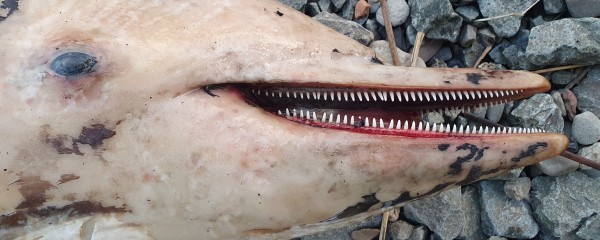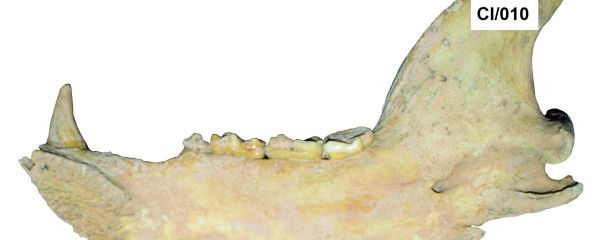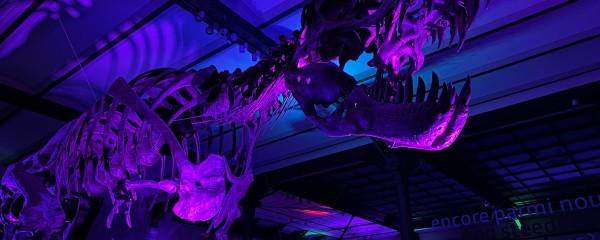Citizen scientists describe 31-million-year-old driftwood with attached sea life from Schelle

Amateur palaeontologists have unearthed a large piece of driftwood that ended up in the sea some 31 million years ago and around which a lot of marine life fossilized. A rare find. 'The sunken tree trunk formed a rich food source on the seabed, a kind of artificial reef,' says Pieter De Schutter, who studied the find.
In 2008, amateur palaeontologists Walter Van Remoortel and Geert De Borger dug up a three-metre-long fossil tree trunk in the Ceulemans clay pit in Schelle (Province of Antwerp). In this quarry, Boom clay was excavated for the production of bricks and roof tiles. Near trunk, they found a sediment package bursting with fossils, with a high scientific value. Some 300 kilograms of sediment was bagged, dried and sieved to select the smaller and larger fossils. A palaeontological team, including (citizen) scientists from the Royal Belgian Institute of Natural Sciences as well as British and Czech universities, now describes numerous rare and even some new species in the scientific journal Geologica Belgica.


Driftwood in the deep sea
Some 31 million years ago, the Rupel region was a relatively deep sea in which clay was deposited, forming the Boom Formation. Fossil remains have been found in the clay pits for more than two centuries. Moreover, the clay layers in the region are so characteristic that this section of the geological time scale became known worldwide as the 'Rupelian'.
The climate in that era was warmer than that of today. The vegetation in the coastal marshes was dominated by cypresses - think of today's redwood forests in California. The excavated trunk also belongs to that family. It presumably ended up in the sea when rising sea levels destroyed the vegetation along the coastline, or perhaps it was transported from further inland via rivers.
The tree trunk probably sank about 100 metres deep into the sea, where it was colonized by many species of invertebrates, of which hardly anything remains. Those invertebrates were the basis of the local food web in which fish played an important part. At the same time, the trunk formed a barrier on the seafloor against which remains of dead animals accumulated and fossilized due to turbulence. 'This gives us a snapshot of the sea life in Schelle 31 million years ago,' says Stijn Everaert, one of authors, 'It is a mix of known species from the Boom Formation, and a few that have never been found there before.'

New species
The discovery yielded two new species: Trachurus reineckei , an extinct horse mackerel, and Protochelonibia hermani , a barnacle. Fish are described based on characteristic auditory bones (otoliths), often no longer than a few millimetres. These bones are important in vertebrates for perceiving sound, acceleration and gravity and are often used in fish identification. The amateur palaeontologists found about 30,000 of them, belonging to 11 species. A genus of pouting (Trisopterus) was ubiquitous. 'The representatives of pouting can be found in large numbers near artificial reefs in the North Sea even today, because there is plenty of food available there,' says Kristiaan Hoedemakers, co-author of the study.
The other newly described species is a barnacle that attached itself to the shell of turtles: Protochelonibia hermani. The species, named after Dr Jacques Herman (1948-2022), an expert in fossil cartilaginous fish, indirectly indicates that sea turtles were present in the North Sea basin at the time. This was already known from previously found turtle skeletons.

This gives us a snapshot of the sea life in Schelle 31 million years agoStijn Everaert, amateur palaeontologist
The palaeontologists describe other rare finds, including a set of 150 teeth from an extinct sand tiger shark, probably belonging to a single specimen, whose carcass had sunk against the tree trunk. Such an associated set has not been found in our regions for more than 100 years. Moreover, rare crustaceans, bivalves and snails are described.
“Hopefully, more tree trunks with associated fauna will be discovered in the future. Such discoveries can lead to the recognition of new species, increasing our knowledge of the marine biodiversity in the Belgian Rupelian”, the authors conclude.



